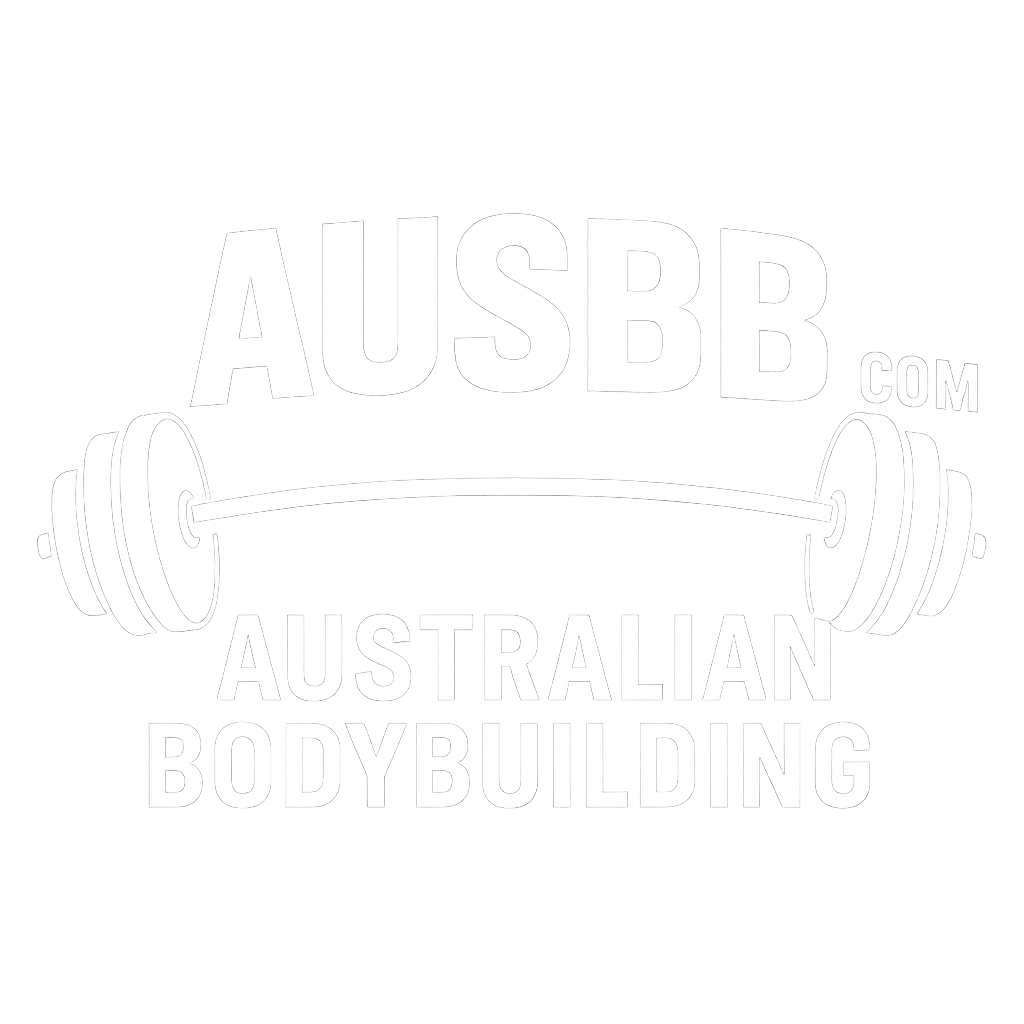Evaluation of protein requirements for trained strength athletes.
Tarnopolsky MA, Atkinson SA, MacDougall JD, Chesley A, Phillips S, Schwarcz HP.
Journal - J Appl Physiol. 1992 Nov;73(5):1986-95.
Affiliation
Department of Pediatrics, McMaster University, Hamilton, Ontario, Canada.
Abstract
Leucine kinetic and nitrogen balance (NBAL) methods were used to determine the dietary protein requirements of strength athletes (SA) compared with sedentary subjects (S).
Individual subjects were randomly assigned to one of three protein intakes:
low protein (LP) = 0.86 g protein.kg-1.day-1
moderate protein (MP) = 1.40 g protein.kg-1.day-1
high protein (HP) = 2.40 g protein.kg-1.day-1
for 13 days for each dietary treatment. NBAL was measured and whole body protein synthesis (WBPS) and leucine oxidation were determined from L-[1-13C]leucine turnover. NBAL data were used to determine that the protein intake for zero NBAL for S was
0.69 g.kg-1.day-1 and for SA was
1.41 g.kg-1.day-1.
A suggested recommended intake for S was 0.89 g.kg-1.day-1 and for SA was 1.76 g.kg-1.day-1.
For SA, the LP diet did not provide adequate protein and resulted in an accommodated state (decreased WBPS vs. MP and HP), and
the MP diet resulted in a state of adaptation [increase in WBPS (vs. LP) and no change in leucine oxidation (vs. LP)]. The HP diet did not result in increased WBPS compared with the MP diet, but leucine oxidation did increase significantly, indicating a nutrient overload.
For S the LP diet provided adequate protein, and increasing protein intake did not increase WBPS. On the HP diet leucine oxidation increased for S. These results indicated that the MP and HP diets were nutrient overloads for S. There were no effects of varying protein intake on indexes of lean body mass (creatinine excretion, body density) for either group.
In summary, protein requirements for athletes performing strength training are greater than for sedentary individuals and are above current Canadian and US recommended daily protein intake requirements for young healthy males.
